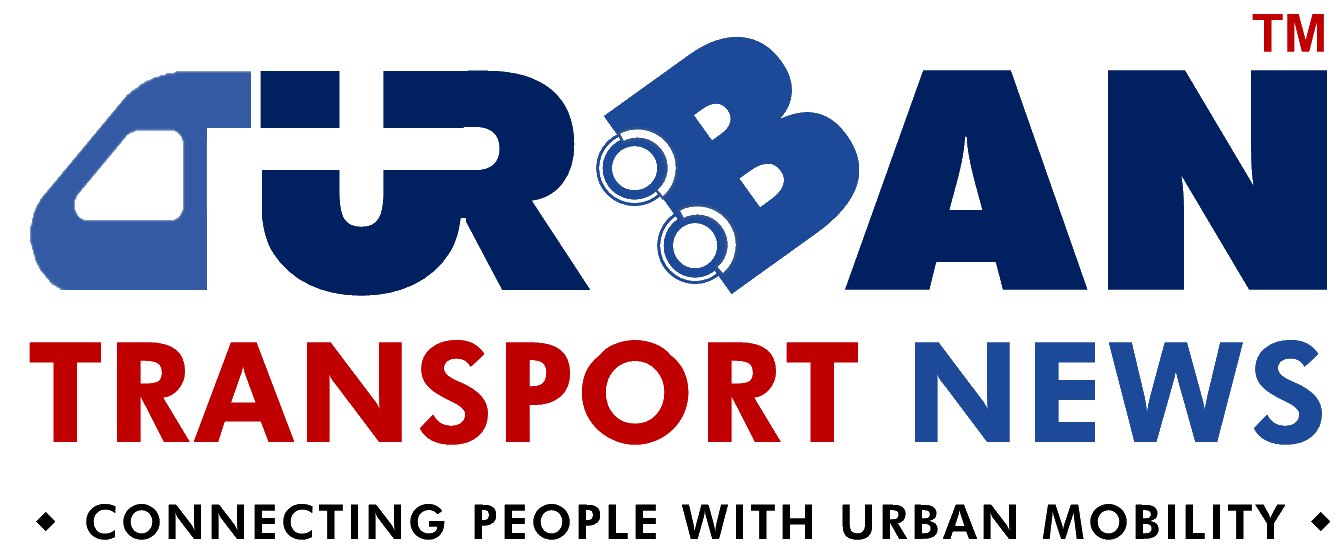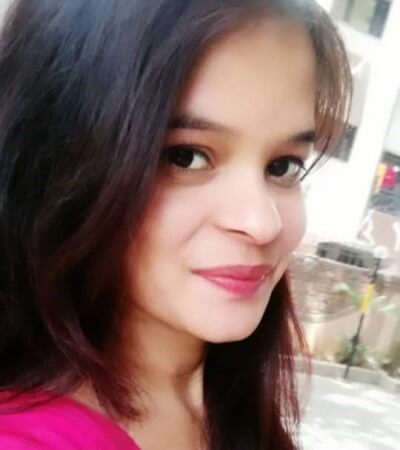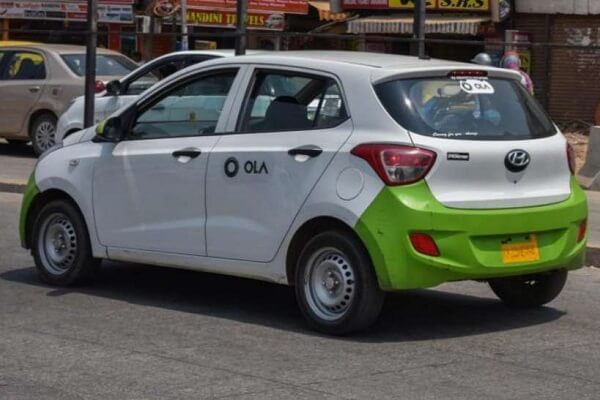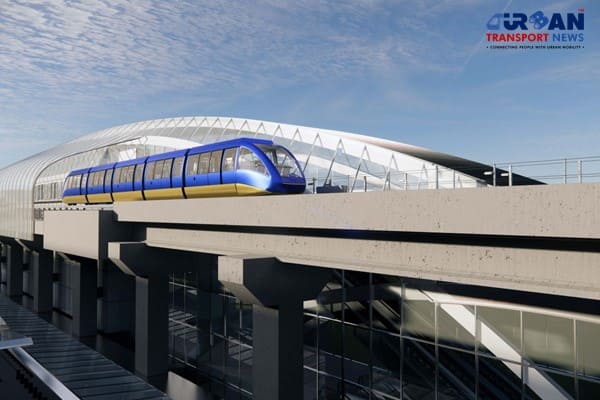 Delhi unveils ambitious Urban Mobility Vision: Luxury Metro Coaches, New Tunnels and Pod Taxi
Delhi unveils ambitious Urban Mobility Vision: Luxury Metro Coaches, New Tunnels and Pod Taxi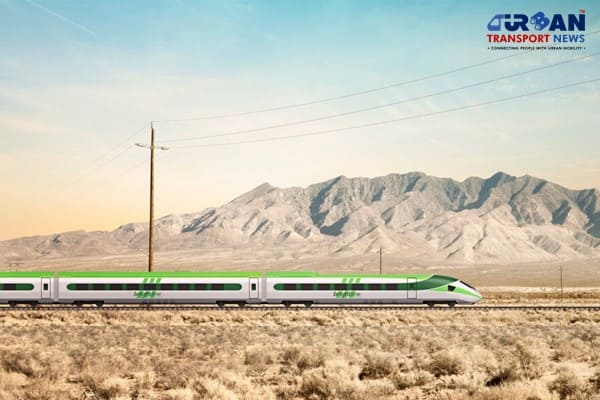 Qatar approves Saudi Rail Link Agreement, Accelerating Gulf Railway Vision 2030
Qatar approves Saudi Rail Link Agreement, Accelerating Gulf Railway Vision 2030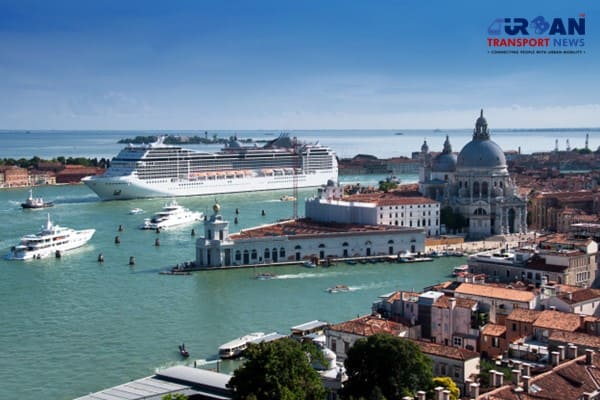 UP Govt plans to introduce Water Metro services in Ayodhya, Varanasi & Prayagraj
UP Govt plans to introduce Water Metro services in Ayodhya, Varanasi & Prayagraj India’s First Urban Ropeway begins Trial Run in Varanasi, Set to carry 1 Lakh passengers daily
India’s First Urban Ropeway begins Trial Run in Varanasi, Set to carry 1 Lakh passengers daily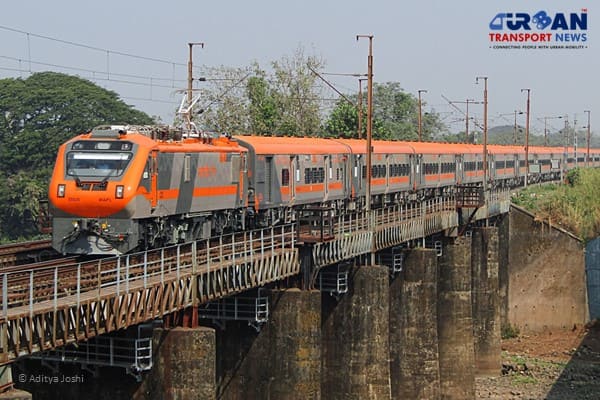 India and Bhutan to Build First-Ever Rail Link: ₹4,033 Cr Project to Boost Regional Connectivity
India and Bhutan to Build First-Ever Rail Link: ₹4,033 Cr Project to Boost Regional Connectivity Patna to launch Eco-Friendly Water Metro; Trial Run soon between Digha and Kangan Ghats
Patna to launch Eco-Friendly Water Metro; Trial Run soon between Digha and Kangan Ghats Air India Group set to launch Flights Operations from Navi Mumbai International Airport
Air India Group set to launch Flights Operations from Navi Mumbai International Airport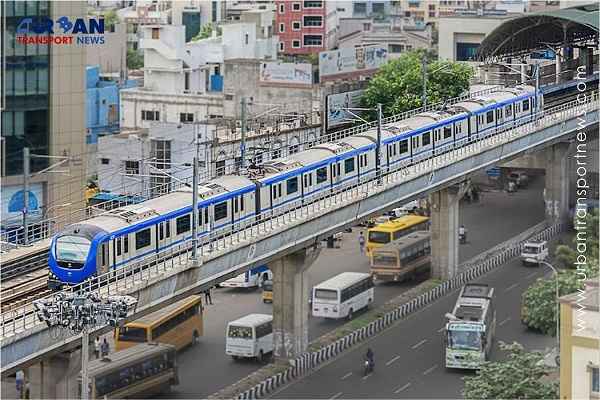 Chennai to launch 25-Year Mobility Plan with Unified QR Ticketing and One-App Transit System
Chennai to launch 25-Year Mobility Plan with Unified QR Ticketing and One-App Transit System Kochi Metro bags ₹4.4 crore contract to prepare DPR for Mumbai Water Metro Proejct
Kochi Metro bags ₹4.4 crore contract to prepare DPR for Mumbai Water Metro Proejct Navi Mumbai International Airport set for September launch; IndiGo and Akasa Air to lead Operations
Navi Mumbai International Airport set for September launch; IndiGo and Akasa Air to lead Operations
Karnataka launches Rs 971 crore Hubli-Dharwad BRTS corridor for public
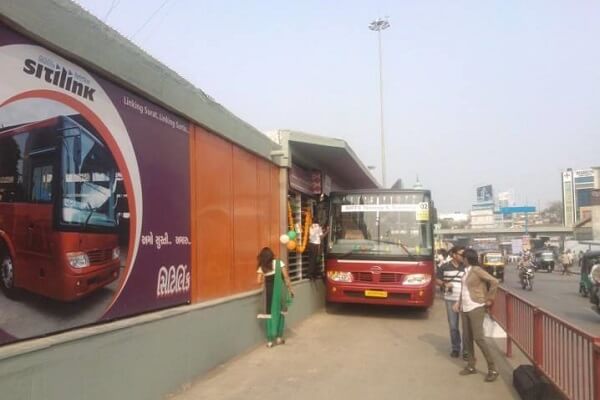
Hubli, India (Urban Transport News): Vice President of India M Venkaiah Naidu on Friday 2nd February 2020 flagged off the 22.3 km long Hubli-Dharwad BRTS corridor which consists of 32 median bus stations, bus terminals, depots and workshops with advanced features. The project has been implemented at a cost of Rs 970.87 crore. The Hubli-Dharwad BRTS has been implemented on the 22.3 km dedicated corridor between twin cities of Hubballi and Dharwad for ‘Chigari’ buses.
This corridor is supporting these twin cities in carrying higher passenger capacity and reduce congestions with dedicated four-lane and three-lane BRT roads. According to the Manjunath Jadenavar, Public Relations Officer of Hubli-Dharwad BRTS Company Limited, these buses will approximately take 35-40 minutes to complete the journey between Hubli and Dharwad. Speaking about the frequency and timings, Manjunath said:
Usually, the time taken to travel from Hubli to Dharwad by bus is 45-50 minutes. But in BRTS, buses will approximately take 35 minutes to complete the journey. The frequency is three minutes from 8:30 am to noon and from 4:00 pm to 8:00 pm, which is considered as peak hours; five to six minutes from 8:00 pm to 10:00 pm, and from 10:00 pm to midnight, the frequency of buses is one every 15 minutes on average.
In October 2018, the Hubli-Dharwad BRTS had started running air-conditioned Volvo buses on a trial basis. The services were welcomed by citizens and as of now, the number of passengers using this service has crossed 1 lakh mark a day. Around 100 Air-conditioned buses are currently plying on the Hubli-Dharwad BRTS corridor. The authority is planning to induct about 50 more buses in the BRTS fleet. “In a closed system, BRT lane is restricted only for BRT buses.
The average speed of BRT buses in a closed system is invariably higher than an open system. All buses have similar configurations, with the same width and position of the door and floor height. Junctions are easier to manage with fewer signal phases”, said Public Relations Officer, reported by The New Indian Express. The Hubli-Dharwad BRTS corridor has been funded by the Government of Karnataka, World Bank and Global Environment Fund (GEF) jointly. The funding pattern and utilisation of fund are as under-
Funding Pattern
- Govt. of Karnataka: Rs 622.06 Crore (64%)
- World Bank: Rs 324.32 Crore (33%)
- Global Environment Fund (GEF): Rs 24.49 Crore (3%)
Utilization of Fund
- Civil & Infrastructure: Rs 445.49 Crore (46%)
- Land Aquisition and R&R: Rs 356.82 Crore (37%)
- Goods and Plant Machinery: Rs 143.97 Crore (15%)
- Consultancy Services: Rs 24.49 Crore (3%)
